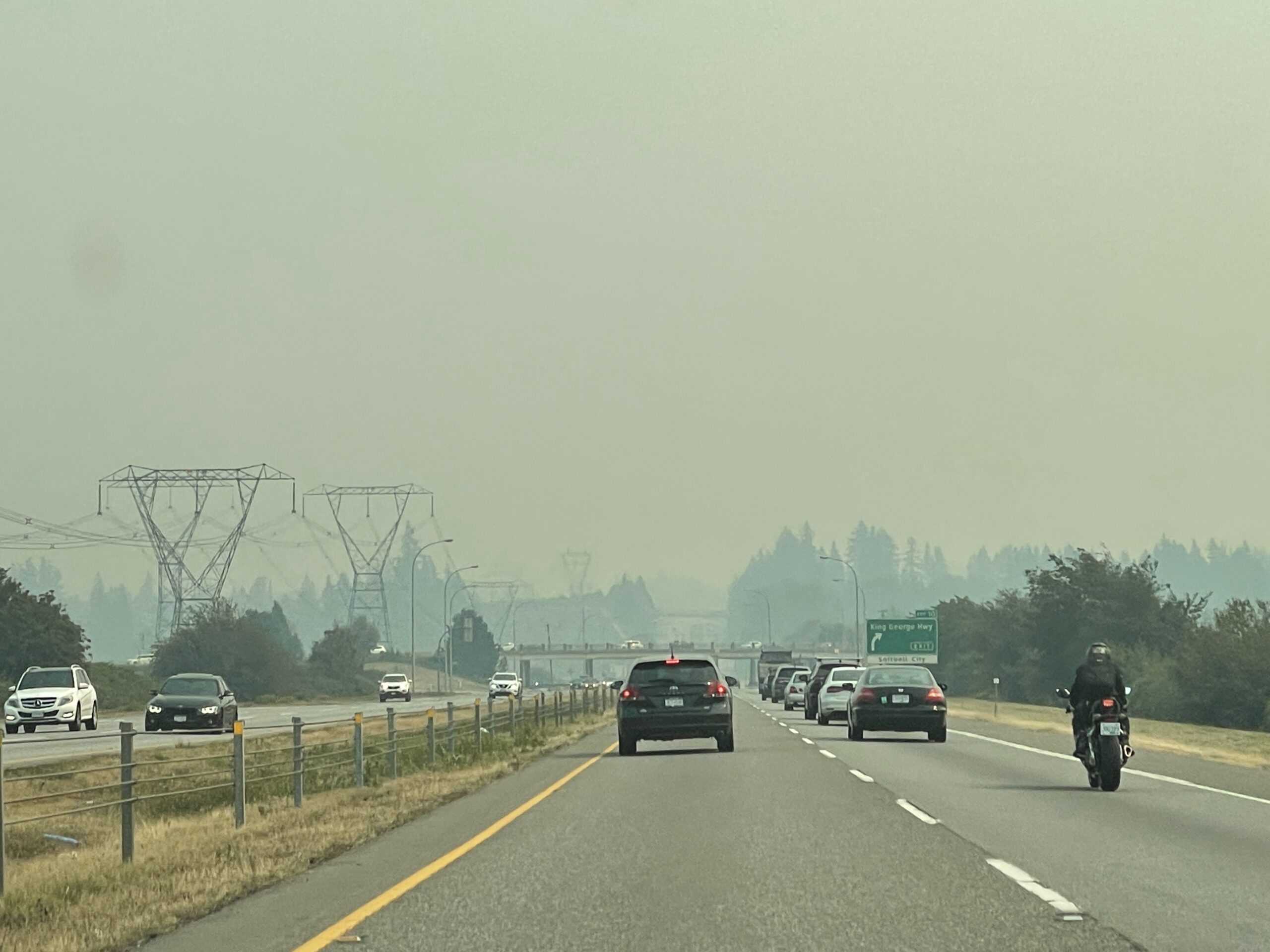 It’s hard not to forget the 2023 Canadian wildfire season, when more than 16 million hectares of forest were lost, thousands were displaced and smoke suffocated cities across both Canada and the U.S. And it turns out Canada experienced its worst air pollution levels that year since 1998, according to a new report released today by the University of Chicago’s Air Quality Life Index (AQLI). At the same time, the report found that pollution levels didn’t change much for the rest of the world in 2023. If those levels continued for a person’s lifetime, the average Canadian would lose roughly two years of their life expectancy, according to the report. Efforts have been made around the world, including in Canada, to curb harmful emissions of fine particulate matter with a diameter of less than 2.5 micrometres, also known as PM 2.5. But wildfires are reversing those advances — with serious health consequences.
It’s hard not to forget the 2023 Canadian wildfire season, when more than 16 million hectares of forest were lost, thousands were displaced and smoke suffocated cities across both Canada and the U.S. And it turns out Canada experienced its worst air pollution levels that year since 1998, according to a new report released today by the University of Chicago’s Air Quality Life Index (AQLI). At the same time, the report found that pollution levels didn’t change much for the rest of the world in 2023. If those levels continued for a person’s lifetime, the average Canadian would lose roughly two years of their life expectancy, according to the report. Efforts have been made around the world, including in Canada, to curb harmful emissions of fine particulate matter with a diameter of less than 2.5 micrometres, also known as PM 2.5. But wildfires are reversing those advances — with serious health consequences.
 100 MILE HOUSE, BC — West Fraser Mills (WFM) had just cause to fire a worker who violated a safety policy on May 13, 2024, and tried to minimize the risk involved,
100 MILE HOUSE, BC — West Fraser Mills (WFM) had just cause to fire a worker who violated a safety policy on May 13, 2024, and tried to minimize the risk involved,  In this newsletter you’ll find these stories and more:
In this newsletter you’ll find these stories and more: In this edition of Forest Safety News you’ll find these stories and more:
In this edition of Forest Safety News you’ll find these stories and more: The Province of B.C. is lending its expertise to Mosaic Forest Management as it develops plans to reopen the Bamfield Main Road, sections of which were rendered unsafe due to the Mt. Underwood wildfire. “We recognize the importance of Bamfield Road to the Huu‑ay‑aht First Nation and area residents,” said Mike Farnworth, Minister of Transportation and Transit. “There is substantial work necessary … to reopen Bamfield Road. Ensuring the safety of the travelling public is the top priority, and the Province will continue to support to Mosaic throughout this process.” Initial engineering assessments have determined a section of the Bamfield Road managed by Mosaic is unsafe for all traffic, prompting Mosaic to close the route with a section of the road being defined as a No Work Zone by BC Wildfire Services. Falling rocks, dangerous trees and a fire-damaged slope are presenting exceptionally challenging conditions, and there is no timeline for reopening the road in its current configuration.
The Province of B.C. is lending its expertise to Mosaic Forest Management as it develops plans to reopen the Bamfield Main Road, sections of which were rendered unsafe due to the Mt. Underwood wildfire. “We recognize the importance of Bamfield Road to the Huu‑ay‑aht First Nation and area residents,” said Mike Farnworth, Minister of Transportation and Transit. “There is substantial work necessary … to reopen Bamfield Road. Ensuring the safety of the travelling public is the top priority, and the Province will continue to support to Mosaic throughout this process.” Initial engineering assessments have determined a section of the Bamfield Road managed by Mosaic is unsafe for all traffic, prompting Mosaic to close the route with a section of the road being defined as a No Work Zone by BC Wildfire Services. Falling rocks, dangerous trees and a fire-damaged slope are presenting exceptionally challenging conditions, and there is no timeline for reopening the road in its current configuration.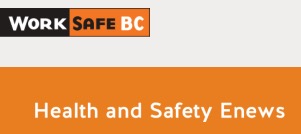 Don’t miss the August WorkSafeBC Health and Safety News:
Don’t miss the August WorkSafeBC Health and Safety News: PRINCE GEORGE, BC — Canfor Pulp has been fined after a worker seriously injured their hand in an unguarded piece of machinery. WorkSafeBC issued the $489,104 penalty on July 10 following an inspection at the company’s Northwood Pulp Mill in April. According to the inspection report, a worker was injured on the fifth floor by a hydraulic cylinder that cycles every 64 seconds, “dropping rapidly down” into a metal box. …The agency determined the firm failed to ensure its machinery and equipment was fitted with adequate safeguards to protect workers from hazardous points of operation. …Canfor spokesperson Mina Laudan said a contract worker sustained a hand injury in the incident. “We deeply regret that a worker was injured at our site. It is our responsibility to provide a safe working environment,” said Laudan. “Following the injury, we took immediate steps to safeguard the equipment that was involved in the incident.”
PRINCE GEORGE, BC — Canfor Pulp has been fined after a worker seriously injured their hand in an unguarded piece of machinery. WorkSafeBC issued the $489,104 penalty on July 10 following an inspection at the company’s Northwood Pulp Mill in April. According to the inspection report, a worker was injured on the fifth floor by a hydraulic cylinder that cycles every 64 seconds, “dropping rapidly down” into a metal box. …The agency determined the firm failed to ensure its machinery and equipment was fitted with adequate safeguards to protect workers from hazardous points of operation. …Canfor spokesperson Mina Laudan said a contract worker sustained a hand injury in the incident. “We deeply regret that a worker was injured at our site. It is our responsibility to provide a safe working environment,” said Laudan. “Following the injury, we took immediate steps to safeguard the equipment that was involved in the incident.” As Saskatchewan experiences one of its worst wildfire seasons on record, smoke continues to prompt air quality alerts for the public. …however, less than five per cent of personnel working the wildfires in Saskatchewan are wearing masks, and despite the health risks, that’s not likely to change any time soon. “Saskatchewan Public Safety Agency (SPSA) personnel have access to N95 masks if they wish to wear them on the fire line, but most choose to wear bandannas,” the SPSA wrote in an email to paNOW. Structural firefighters within urban centres are required to wear self-contained breathing apparatus (SCBA) to protect them from smoke inhalation and exposure to harmful airborne contaminants, but in Saskatchewan, using facial protection is voluntary for wildland firefighters, and there is no provincial protocol to use them. …N95 masks can help reduce exposure to fine particles, but don’t filter out harmful gases. Bandannas offer little to no protection.
As Saskatchewan experiences one of its worst wildfire seasons on record, smoke continues to prompt air quality alerts for the public. …however, less than five per cent of personnel working the wildfires in Saskatchewan are wearing masks, and despite the health risks, that’s not likely to change any time soon. “Saskatchewan Public Safety Agency (SPSA) personnel have access to N95 masks if they wish to wear them on the fire line, but most choose to wear bandannas,” the SPSA wrote in an email to paNOW. Structural firefighters within urban centres are required to wear self-contained breathing apparatus (SCBA) to protect them from smoke inhalation and exposure to harmful airborne contaminants, but in Saskatchewan, using facial protection is voluntary for wildland firefighters, and there is no provincial protocol to use them. …N95 masks can help reduce exposure to fine particles, but don’t filter out harmful gases. Bandannas offer little to no protection.
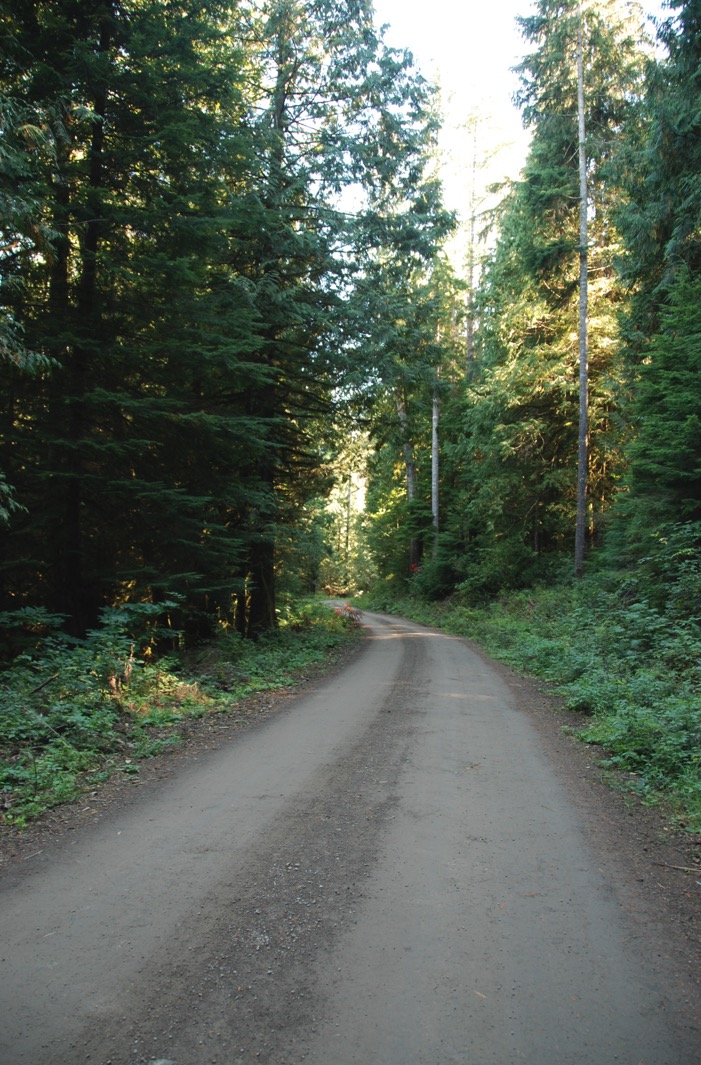 Pointing to several recent closures that caused major traffic disruptions on Highway 97, Okanagan MPs and MLAs are urging the provincial and federal governments to work together on a solution. The group of six politicians gathered outside Okanagan Lake West-South Kelowna MP Dan Albas’ office on Tuesday (Aug. 12) to offer their own idea — pave 201 Forest Service Road (201 FSR) between Kelowna and Penticton so it can be used during emergency closures of Highway 97. “People are going to be taking that road, as we’ve seen reported by local journalists, and they’re getting lost,” Albas pointed out. “So this is going to happen whether or not the federal and provincial governments decide to act, but we can’t tolerate that.” The 201 FSR is a long and winding route that many Okanagan residents use during extended closures of Highway 97.
Pointing to several recent closures that caused major traffic disruptions on Highway 97, Okanagan MPs and MLAs are urging the provincial and federal governments to work together on a solution. The group of six politicians gathered outside Okanagan Lake West-South Kelowna MP Dan Albas’ office on Tuesday (Aug. 12) to offer their own idea — pave 201 Forest Service Road (201 FSR) between Kelowna and Penticton so it can be used during emergency closures of Highway 97. “People are going to be taking that road, as we’ve seen reported by local journalists, and they’re getting lost,” Albas pointed out. “So this is going to happen whether or not the federal and provincial governments decide to act, but we can’t tolerate that.” The 201 FSR is a long and winding route that many Okanagan residents use during extended closures of Highway 97.
 As the B.C. Day long weekend approaches, people are encouraged to stay informed about wildfire conditions, be prepared and plan travel. Warming summer temperatures and ongoing drought mean much of British Columbia is at heightened risk of wildfire, even after recent cooler temperatures and rain. Environment and Climate Change Canada (ECCC) has forecast hot temperatures this week in B.C., with heat warnings currently in place for parts of the province. People are encouraged to prepare for hot summer weather. To access the Province’s PreparedBC extreme-heat preparedness guide,
As the B.C. Day long weekend approaches, people are encouraged to stay informed about wildfire conditions, be prepared and plan travel. Warming summer temperatures and ongoing drought mean much of British Columbia is at heightened risk of wildfire, even after recent cooler temperatures and rain. Environment and Climate Change Canada (ECCC) has forecast hot temperatures this week in B.C., with heat warnings currently in place for parts of the province. People are encouraged to prepare for hot summer weather. To access the Province’s PreparedBC extreme-heat preparedness guide, 

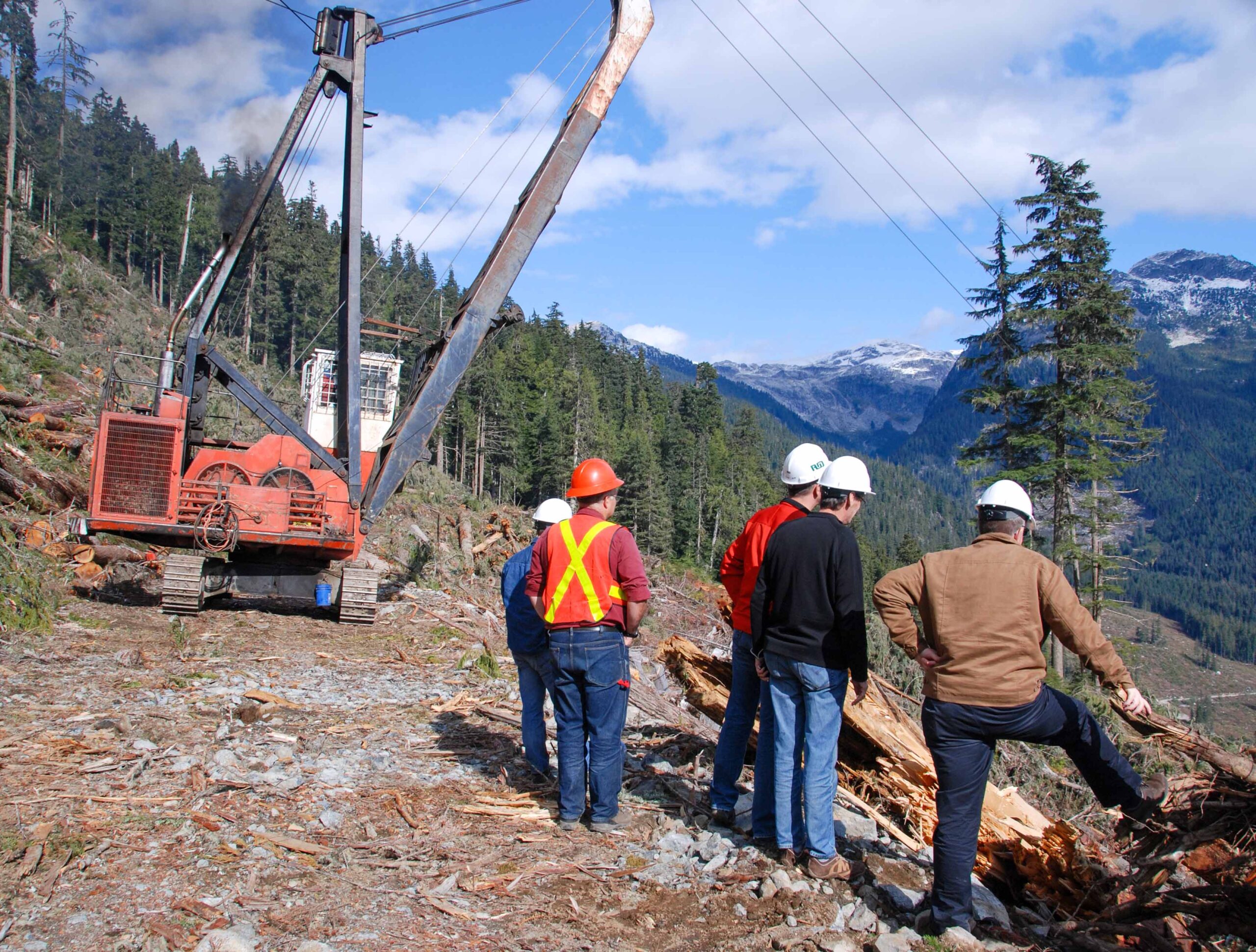 Overlapping work activities are one of forestry’s most complex safety challenges; without proper controls, phase congestion can pose serious hazards to workers. However, with proper management, forestry operations can achieve safe, efficient phase integration. “Preventing injuries and fatalities takes ongoing commitment to coordinated planning, qualified supervision, worker training, and clear communication, says Tom Pawloski, manager of prevention programs and services at WorkSafeBC. Phase congestion occurs when multiple harvesting phases overlap in the same or nearby area, often due to insufficient time or distance between phases. It often builds gradually and can go unnoticed until a serious incident occurs. …When phases aren’t properly coordinated, workers face greater risks of being struck by or caught between equipment or missing other hazards. …Safe phase integration begins before work starts. …”Phase congestion doesn’t always show up right away … staying proactive, adjusting plans as conditions change, and maintaining clear communication is essential to keeping workers safe,” Pawlowski says.
Overlapping work activities are one of forestry’s most complex safety challenges; without proper controls, phase congestion can pose serious hazards to workers. However, with proper management, forestry operations can achieve safe, efficient phase integration. “Preventing injuries and fatalities takes ongoing commitment to coordinated planning, qualified supervision, worker training, and clear communication, says Tom Pawloski, manager of prevention programs and services at WorkSafeBC. Phase congestion occurs when multiple harvesting phases overlap in the same or nearby area, often due to insufficient time or distance between phases. It often builds gradually and can go unnoticed until a serious incident occurs. …When phases aren’t properly coordinated, workers face greater risks of being struck by or caught between equipment or missing other hazards. …Safe phase integration begins before work starts. …”Phase congestion doesn’t always show up right away … staying proactive, adjusting plans as conditions change, and maintaining clear communication is essential to keeping workers safe,” Pawlowski says.
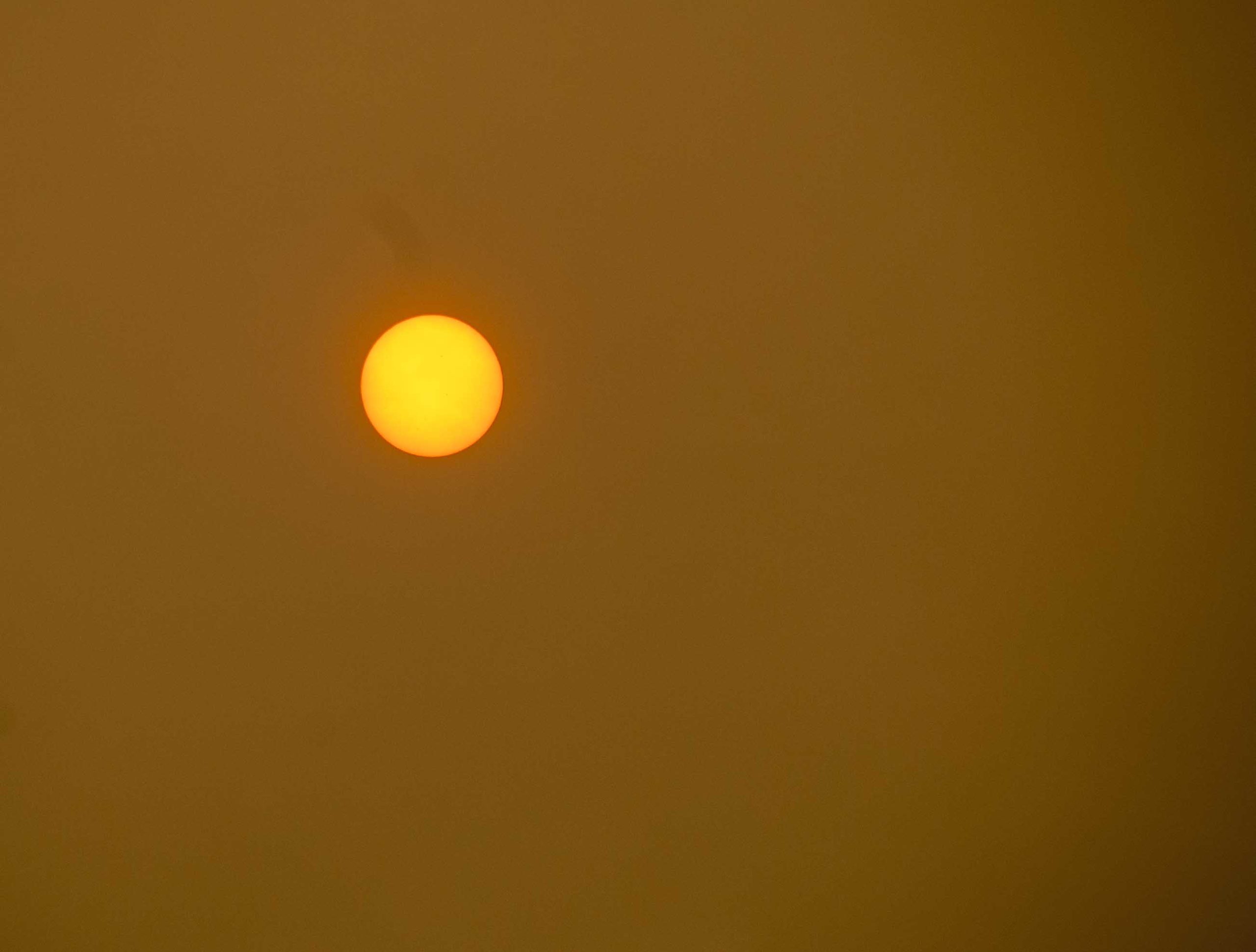 Toronto is among the most polluted cities in the world on Monday morning as the city remains under a special air quality statement for its third consecutive day. Environment Canada said smoke from forest fires is expected to continue to impact much of southern Ontario Monday and may persist into Tuesday before finally easing. “Air quality and visibility due to wildfire smoke can fluctuate over short distances and can vary considerably from hour to hour,” said Environment Canada in a special air quality statement issued Monday morning. …Toronto ranked third in a
Toronto is among the most polluted cities in the world on Monday morning as the city remains under a special air quality statement for its third consecutive day. Environment Canada said smoke from forest fires is expected to continue to impact much of southern Ontario Monday and may persist into Tuesday before finally easing. “Air quality and visibility due to wildfire smoke can fluctuate over short distances and can vary considerably from hour to hour,” said Environment Canada in a special air quality statement issued Monday morning. …Toronto ranked third in a  Summer camps and daycares are being forced to shift their plans amid stifling heat and poor air quality caused by wildfire smoke drifting across Central Canada, the Prairies and other parts of the country. Special air quality statements or warnings were in effect Tuesday for a second day across several provinces and territories, combined with heat warnings that stretched from Ontario to Prince Edward Island. Smoky air in the Toronto area prompted many camps to field calls from concerned parents and make last-minute changes, especially on Monday, when the city was under a warning due to the Air Quality Health Index reaching the “very high risk” rating of over 10. Adib Razavi, director of Toronto Athletic Camps, said they received hundreds of calls on Monday morning from parents who wanted to know how their kids’ activities were being adjusted.
Summer camps and daycares are being forced to shift their plans amid stifling heat and poor air quality caused by wildfire smoke drifting across Central Canada, the Prairies and other parts of the country. Special air quality statements or warnings were in effect Tuesday for a second day across several provinces and territories, combined with heat warnings that stretched from Ontario to Prince Edward Island. Smoky air in the Toronto area prompted many camps to field calls from concerned parents and make last-minute changes, especially on Monday, when the city was under a warning due to the Air Quality Health Index reaching the “very high risk” rating of over 10. Adib Razavi, director of Toronto Athletic Camps, said they received hundreds of calls on Monday morning from parents who wanted to know how their kids’ activities were being adjusted.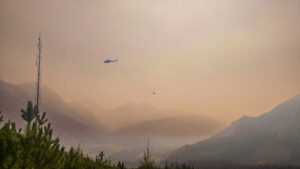 Environment Canada has once again issued a special air quality statement for the North Bay area. …Environment Canada says smoke is causing or expected to cause poor air quality and reduced visibility. “Smoke from forest fires over northern Ontario is causing poor air quality that may persist throughout the day for some areas,” EC stated. “As smoke levels increase, health risks increase. Limit time outdoors. Consider reducing or rescheduling outdoor sports, activities and events. …EC suggests when indoors, keep windows and doors closed as much as possible. “Protect your indoor air from wildfire smoke. Actions can include using a clean, good quality air filter in your ventilation system and/or a certified portable air cleaner that can filter fine particles.
Environment Canada has once again issued a special air quality statement for the North Bay area. …Environment Canada says smoke is causing or expected to cause poor air quality and reduced visibility. “Smoke from forest fires over northern Ontario is causing poor air quality that may persist throughout the day for some areas,” EC stated. “As smoke levels increase, health risks increase. Limit time outdoors. Consider reducing or rescheduling outdoor sports, activities and events. …EC suggests when indoors, keep windows and doors closed as much as possible. “Protect your indoor air from wildfire smoke. Actions can include using a clean, good quality air filter in your ventilation system and/or a certified portable air cleaner that can filter fine particles.

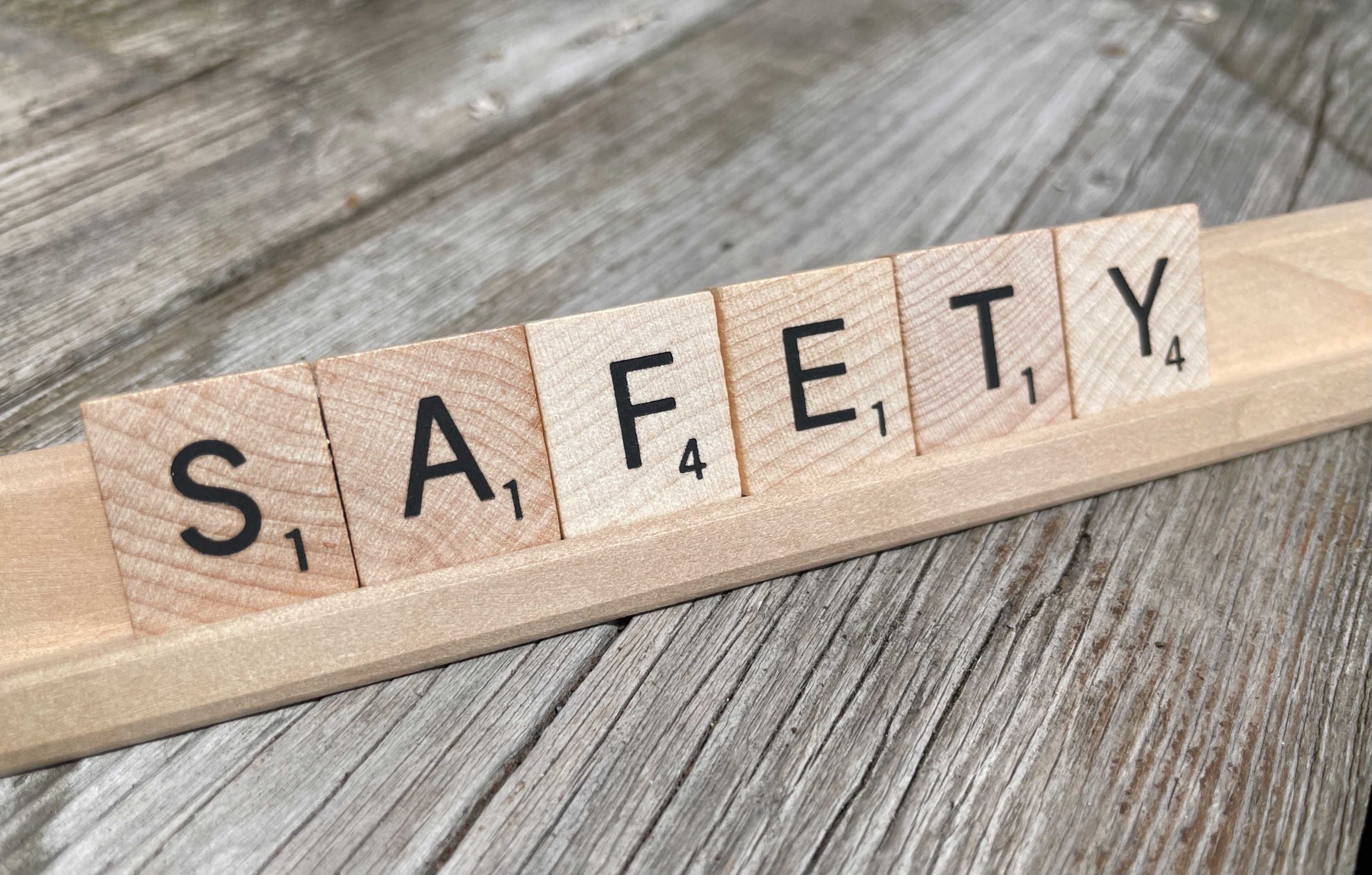 Halifax spent more than $160,000 on the wrong type of wildfire protective gear, and the union for municipal firefighters says the mix-up is just one example that the department is not properly preparing for wildfires. In the aftermath of the
Halifax spent more than $160,000 on the wrong type of wildfire protective gear, and the union for municipal firefighters says the mix-up is just one example that the department is not properly preparing for wildfires. In the aftermath of the 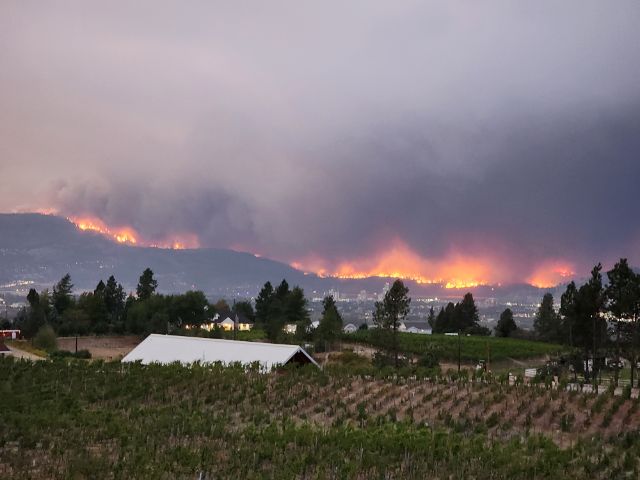 The smoke from the Los Angeles wildfires smelled like plastic and was so thick that it hid the ocean. Firefighters developed instant migraines, coughed up black goo and dropped to their knees, vomiting and dizzy. Seven months later, some are still jolted awake by wheezing fits in the middle of the night. …Fernando Allende, a 33-year-old whose U.S. Forest Service crew was among the first on the ground, figured he would bounce back from his nagging cough. But in June, while fighting another fire, he suddenly couldn’t breathe. …doctors discovered blood clots in his lungs and a mass pressing on his heart. They gave him a diagnosis usually seen in much older people: non-Hodgkin lymphoma, an aggressive cancer. It would be unthinkable for urban firefighters to [work] without wearing a mask. But people who fight wildfires spend weeks working in toxic smoke and ash wearing only a cloth bandanna, or nothing at all.
The smoke from the Los Angeles wildfires smelled like plastic and was so thick that it hid the ocean. Firefighters developed instant migraines, coughed up black goo and dropped to their knees, vomiting and dizzy. Seven months later, some are still jolted awake by wheezing fits in the middle of the night. …Fernando Allende, a 33-year-old whose U.S. Forest Service crew was among the first on the ground, figured he would bounce back from his nagging cough. But in June, while fighting another fire, he suddenly couldn’t breathe. …doctors discovered blood clots in his lungs and a mass pressing on his heart. They gave him a diagnosis usually seen in much older people: non-Hodgkin lymphoma, an aggressive cancer. It would be unthinkable for urban firefighters to [work] without wearing a mask. But people who fight wildfires spend weeks working in toxic smoke and ash wearing only a cloth bandanna, or nothing at all.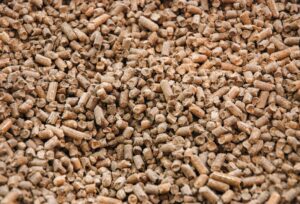 FREMONT, Nebraska — The remains of two girls and a relative who were killed in a massive explosion at a Nebraska biofuel plant were recovered Wednesday after crews battled smoldering wreckage and an unstable building for more than 24 hours. Fremont Mayor Joey Spellerberg said earlier at a news conference that the children were at the Horizon Biofuels plant ahead of a doctor’s appointment. …The plant makes animal bedding and wood pellets for heating and smoking food, using tons of wood waste. Spellerberg said authorities believe Tuesday’s blast was likely a wood dust explosion in the tall elevator tower. …The company has 10 employees, according to the Nebraska Manufacturing Extension Partnership.
FREMONT, Nebraska — The remains of two girls and a relative who were killed in a massive explosion at a Nebraska biofuel plant were recovered Wednesday after crews battled smoldering wreckage and an unstable building for more than 24 hours. Fremont Mayor Joey Spellerberg said earlier at a news conference that the children were at the Horizon Biofuels plant ahead of a doctor’s appointment. …The plant makes animal bedding and wood pellets for heating and smoking food, using tons of wood waste. Spellerberg said authorities believe Tuesday’s blast was likely a wood dust explosion in the tall elevator tower. …The company has 10 employees, according to the Nebraska Manufacturing Extension Partnership.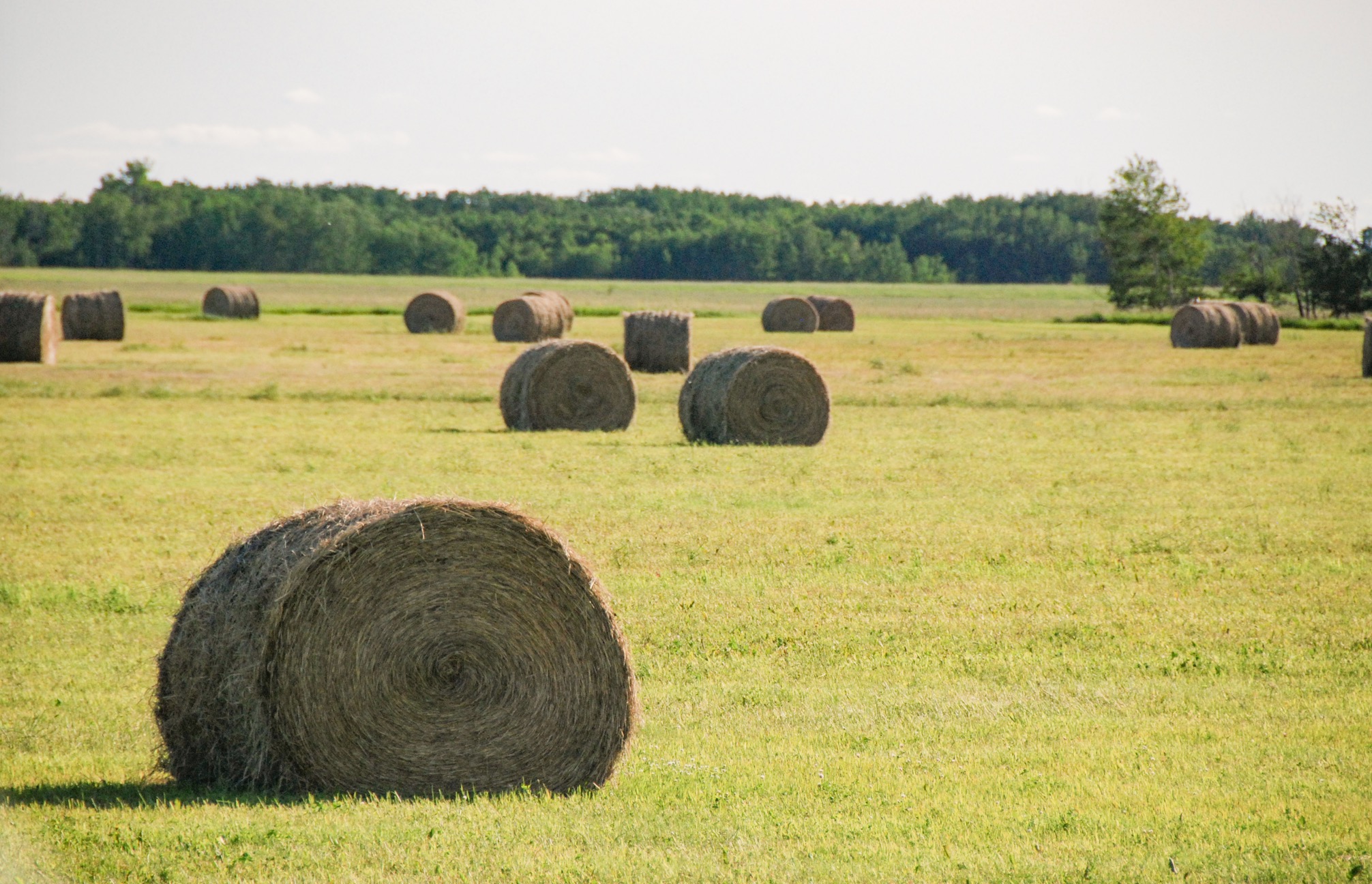 The herbicide ingredient used to replace glyphosate in Roundup and other weedkiller products can kill gut bacteria and damage organs in multiple ways, new research shows. The ingredient, diquat, is widely employed in the US as a weedkiller in vineyards and orchards, and is increasingly sprayed elsewhere as the use of controversial herbicide substances such as glyphosate and paraquat drops in the US. But the new piece of data suggests diquat is more toxic than glyphosate, and the substance is banned over its risks in the UK, EU, China and many other countries. …Despite the risks amid a rise in diquat’s use, the EPA is not reviewing the chemical, and even non-profits that push for tighter pesticide regulations have largely focused their attention elsewhere.
The herbicide ingredient used to replace glyphosate in Roundup and other weedkiller products can kill gut bacteria and damage organs in multiple ways, new research shows. The ingredient, diquat, is widely employed in the US as a weedkiller in vineyards and orchards, and is increasingly sprayed elsewhere as the use of controversial herbicide substances such as glyphosate and paraquat drops in the US. But the new piece of data suggests diquat is more toxic than glyphosate, and the substance is banned over its risks in the UK, EU, China and many other countries. …Despite the risks amid a rise in diquat’s use, the EPA is not reviewing the chemical, and even non-profits that push for tighter pesticide regulations have largely focused their attention elsewhere.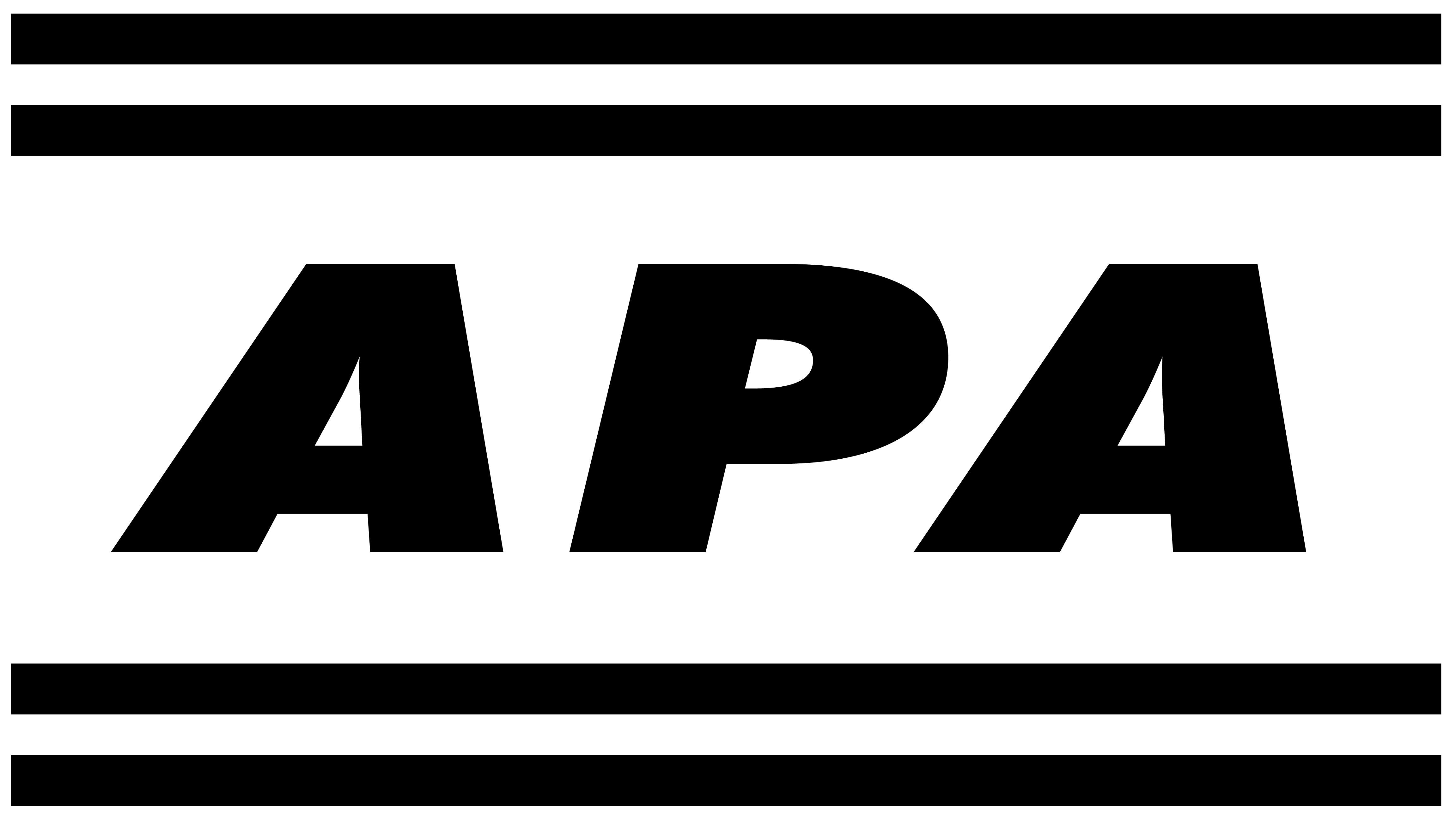 Engineered wood manufacturers from across North America were named winners of APA – The Engineered Wood Association’s 2024 Safety and Health Awards — the premier safety award program for North America’s engineered wood products industry. The program promotes and recognizes operational excellence with the goal of reducing injury and illness rates. The Safest Company Award went to three members: Domtar won in the category of three or fewer mills, West Fraser won for companies with four to 10 mills, and LP earned the title for companies with 11 or more member mills. There were two winners in the prestigious Innovation in Safety Award category. Domtar’s Larouche, Quebec, mill won the Equipment-Based Innovation in Safety Award for their submission, “Distancing Handle,” while LP’s Jasper, Texas, mill won the Jack Wagner Process-Based Innovation in Safety Award for their submission, “Safety Champions – Future Leader Development – Safety Projects.”
Engineered wood manufacturers from across North America were named winners of APA – The Engineered Wood Association’s 2024 Safety and Health Awards — the premier safety award program for North America’s engineered wood products industry. The program promotes and recognizes operational excellence with the goal of reducing injury and illness rates. The Safest Company Award went to three members: Domtar won in the category of three or fewer mills, West Fraser won for companies with four to 10 mills, and LP earned the title for companies with 11 or more member mills. There were two winners in the prestigious Innovation in Safety Award category. Domtar’s Larouche, Quebec, mill won the Equipment-Based Innovation in Safety Award for their submission, “Distancing Handle,” while LP’s Jasper, Texas, mill won the Jack Wagner Process-Based Innovation in Safety Award for their submission, “Safety Champions – Future Leader Development – Safety Projects.” FREMONT, Neb. — The U.S. Chemical Safety and Hazard Investigation Board (CSB) has opened a formal investigation into the July 29 explosion and fire at the Horizon Biofuels facility in Fremont that killed three people, officials announced Thursday. The blast fatally injured 32-year-old Dylan Danielson and his two young daughters who were inside the plant at the time. “This horrific incident should never have happened,” CSB Chairperson Steve Owens said in a statement. “We want to prevent a terrible tragedy like this from occurring again.” …The independent federal agency, whose members are appointed by the president and confirmed by the Senate, does not issue citations or fines but makes safety recommendations to companies, industry groups, labor organizations and agencies such as OSHA and the Environmental Protection Agency.
FREMONT, Neb. — The U.S. Chemical Safety and Hazard Investigation Board (CSB) has opened a formal investigation into the July 29 explosion and fire at the Horizon Biofuels facility in Fremont that killed three people, officials announced Thursday. The blast fatally injured 32-year-old Dylan Danielson and his two young daughters who were inside the plant at the time. “This horrific incident should never have happened,” CSB Chairperson Steve Owens said in a statement. “We want to prevent a terrible tragedy like this from occurring again.” …The independent federal agency, whose members are appointed by the president and confirmed by the Senate, does not issue citations or fines but makes safety recommendations to companies, industry groups, labor organizations and agencies such as OSHA and the Environmental Protection Agency.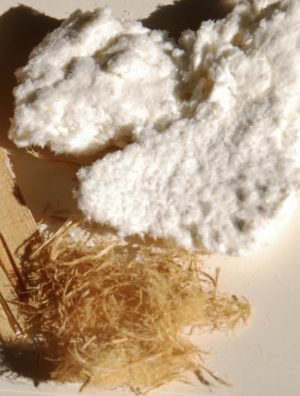
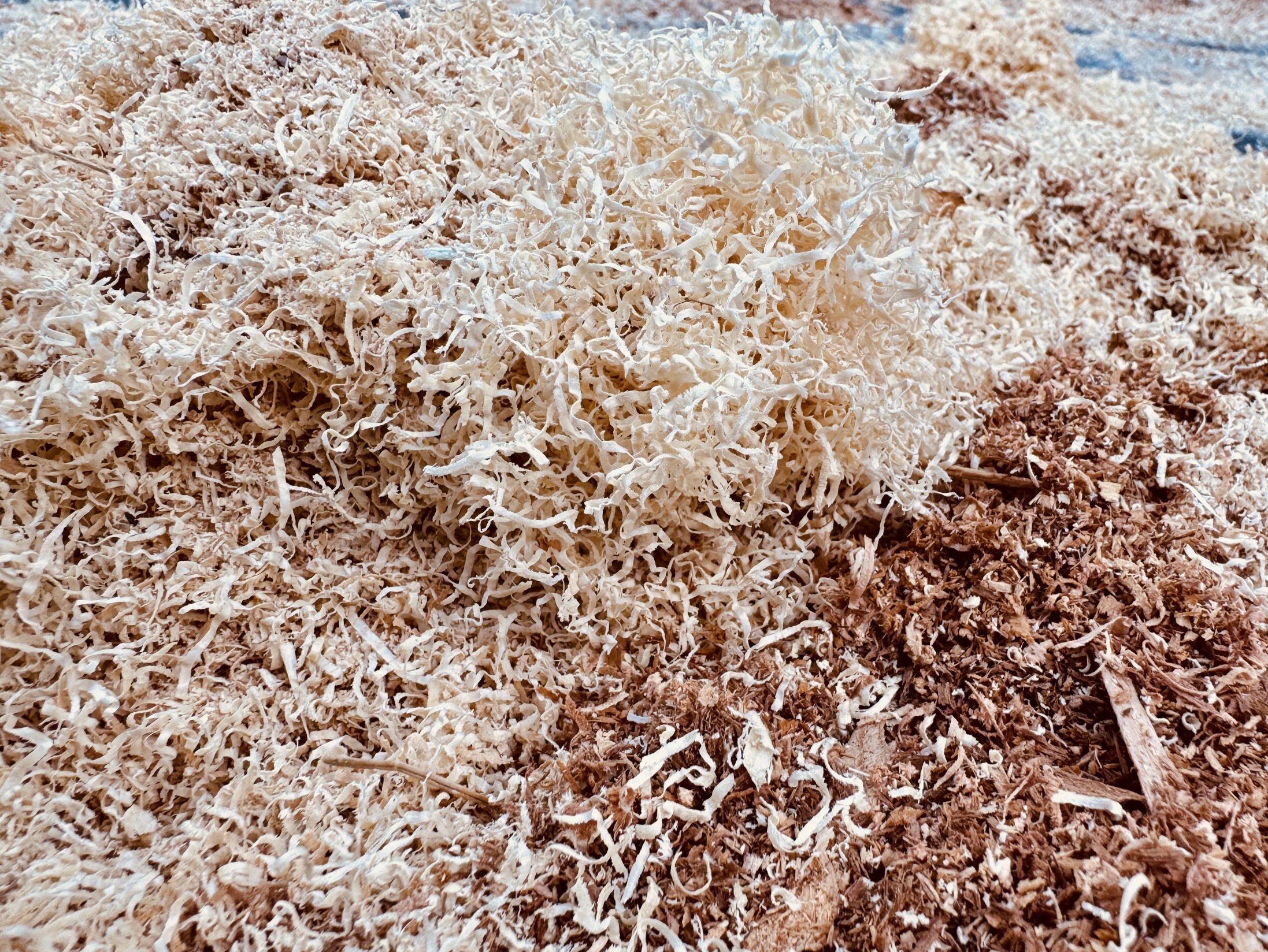 Dust collection expert Robert Williamson at Nederman Corporation, commented on a video of the deadly explosions at Horizon Biofuels, in Fremont, Nebraska. “It’s only speculation at this point, but it is these types of [wood dust explosive] events where we see fatalities,” said Williamson, VP Technical Solutions and Business Development North America. “You have the primary explosion and then a bigger explosion, the whole elevator explodes, and part of the building.” After the primary event, fine dust, which is more reactive than heavier dust and tends to accumulate in hard-to-clean areas, causes a secondary explosion, which experts on the scene also believe was the case in this instance. …Wood dust explosions can happen so fast that there is no time to evacuate. “These things happen so quickly, in less than 500 milliseconds,” he said, “There’s really no way to get away. Nobody’s going to run from this.”
Dust collection expert Robert Williamson at Nederman Corporation, commented on a video of the deadly explosions at Horizon Biofuels, in Fremont, Nebraska. “It’s only speculation at this point, but it is these types of [wood dust explosive] events where we see fatalities,” said Williamson, VP Technical Solutions and Business Development North America. “You have the primary explosion and then a bigger explosion, the whole elevator explodes, and part of the building.” After the primary event, fine dust, which is more reactive than heavier dust and tends to accumulate in hard-to-clean areas, causes a secondary explosion, which experts on the scene also believe was the case in this instance. …Wood dust explosions can happen so fast that there is no time to evacuate. “These things happen so quickly, in less than 500 milliseconds,” he said, “There’s really no way to get away. Nobody’s going to run from this.” FREMONT, Neb. – Two days after a horrific explosion at a biofuels plant left a man and two girls dead, the state fire marshal told First Alert 6 the incident started with a dust fire — and was an accident. “A preliminary investigation indicates an accidental dust explosion occurred during the manufacturing process. Additional investigation efforts are currently impeded due to the instability of the structure,” the Nebraska Fire Marshal agency said in a statement Thursday afternoon. The state has completed its initial investigation of the incident at Horizon Biofuels, which manufactures wood pellets and animal bedding. Occupational Safety and Health Administration , however, remains at the scene and must — by law — complete its investigation within six months. The
FREMONT, Neb. – Two days after a horrific explosion at a biofuels plant left a man and two girls dead, the state fire marshal told First Alert 6 the incident started with a dust fire — and was an accident. “A preliminary investigation indicates an accidental dust explosion occurred during the manufacturing process. Additional investigation efforts are currently impeded due to the instability of the structure,” the Nebraska Fire Marshal agency said in a statement Thursday afternoon. The state has completed its initial investigation of the incident at Horizon Biofuels, which manufactures wood pellets and animal bedding. Occupational Safety and Health Administration , however, remains at the scene and must — by law — complete its investigation within six months. The 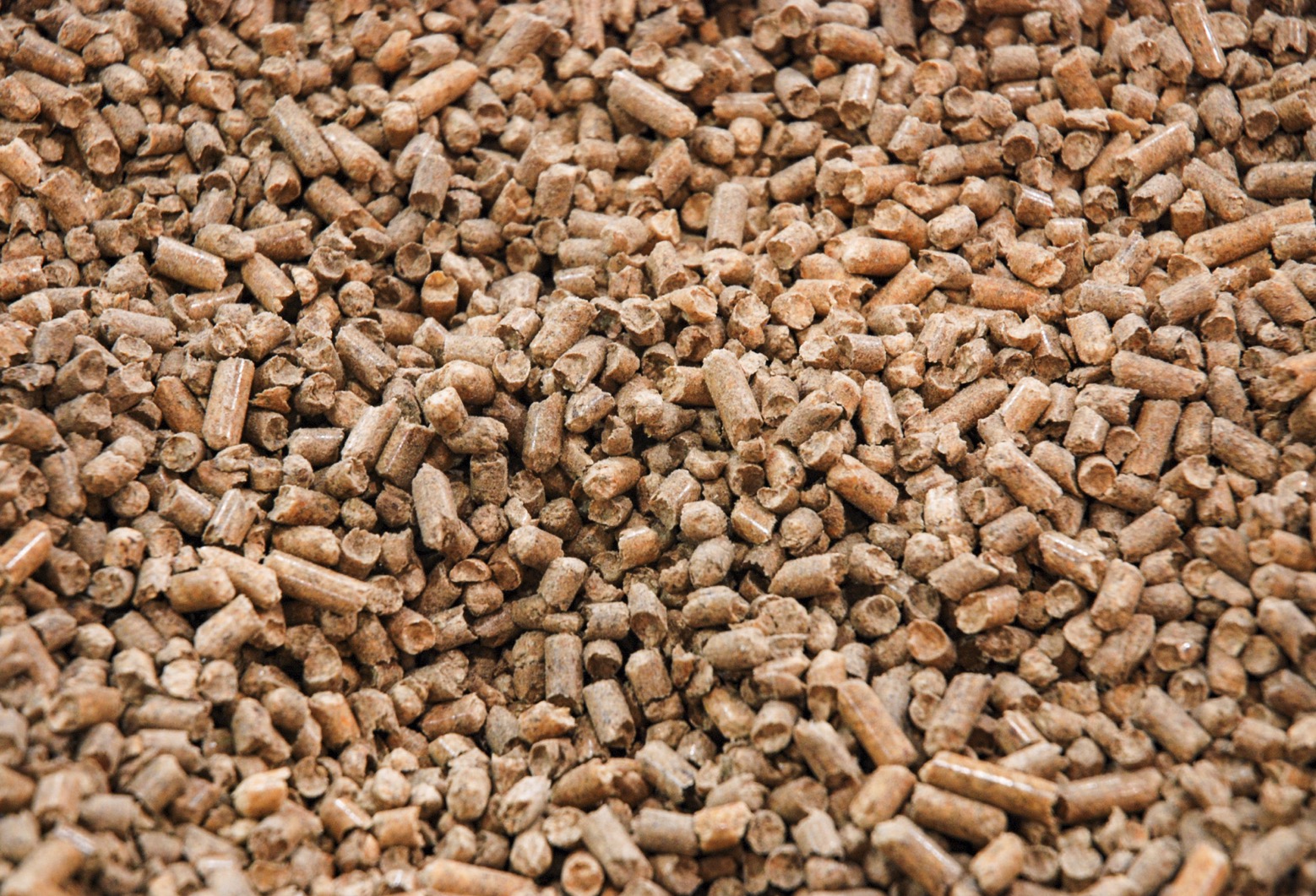 OMAHA, Neb. —
OMAHA, Neb. — 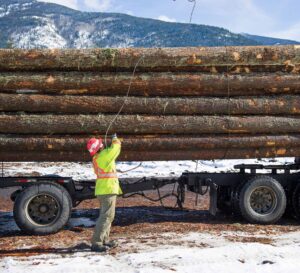 COLLEGE STATION, Texas — Forestry workers could benefit from the use of exoskeletons that support their back and upper limbs, results of a
COLLEGE STATION, Texas — Forestry workers could benefit from the use of exoskeletons that support their back and upper limbs, results of a 
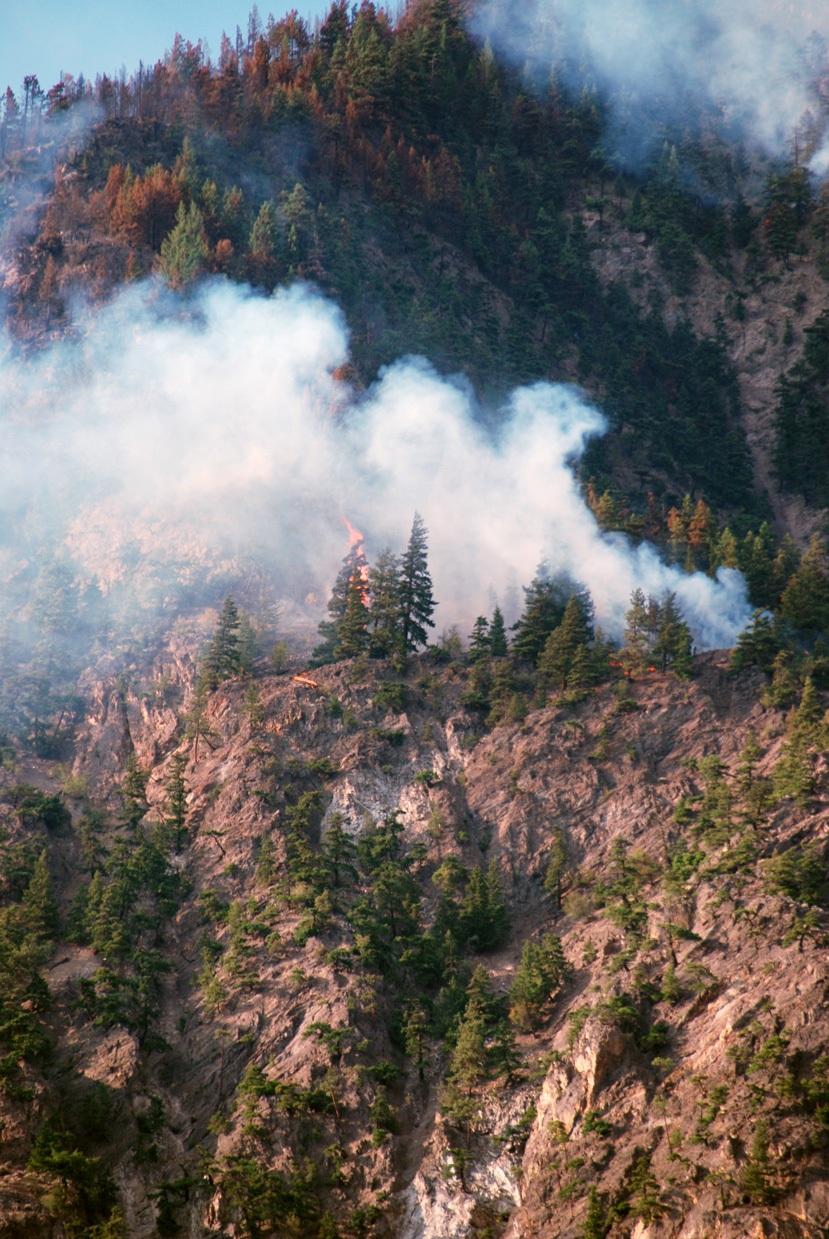 Choking smoke spewed by wildfires is far more dangerous than previously thought, a new study has found, with death tolls from short-term exposure to fine particulates underestimated by 93%. Researchers found that 535 people in Europe died on average each year between 2004 and 2022 as a result of breathing in the tiny toxic particles known as PM2.5 that are released when wildfires rage. Under standard methods, which assume PM2.5 from wildfires is as deadly as from other sources, such as traffic, they would have expected just 38 deaths a year. The study comes as wildfires ravage southern Europe, and new data from EU fire monitors shows that 895,000 hectares (2.2m acres) have burned so far in 2025, breaking records for this time of year. “Our paper shows the health impact for the same amount of particles is stronger for wildfire particles,” said Prof Cathryn Tonne, an environmental epidemiologist and co-author of the study.
Choking smoke spewed by wildfires is far more dangerous than previously thought, a new study has found, with death tolls from short-term exposure to fine particulates underestimated by 93%. Researchers found that 535 people in Europe died on average each year between 2004 and 2022 as a result of breathing in the tiny toxic particles known as PM2.5 that are released when wildfires rage. Under standard methods, which assume PM2.5 from wildfires is as deadly as from other sources, such as traffic, they would have expected just 38 deaths a year. The study comes as wildfires ravage southern Europe, and new data from EU fire monitors shows that 895,000 hectares (2.2m acres) have burned so far in 2025, breaking records for this time of year. “Our paper shows the health impact for the same amount of particles is stronger for wildfire particles,” said Prof Cathryn Tonne, an environmental epidemiologist and co-author of the study.